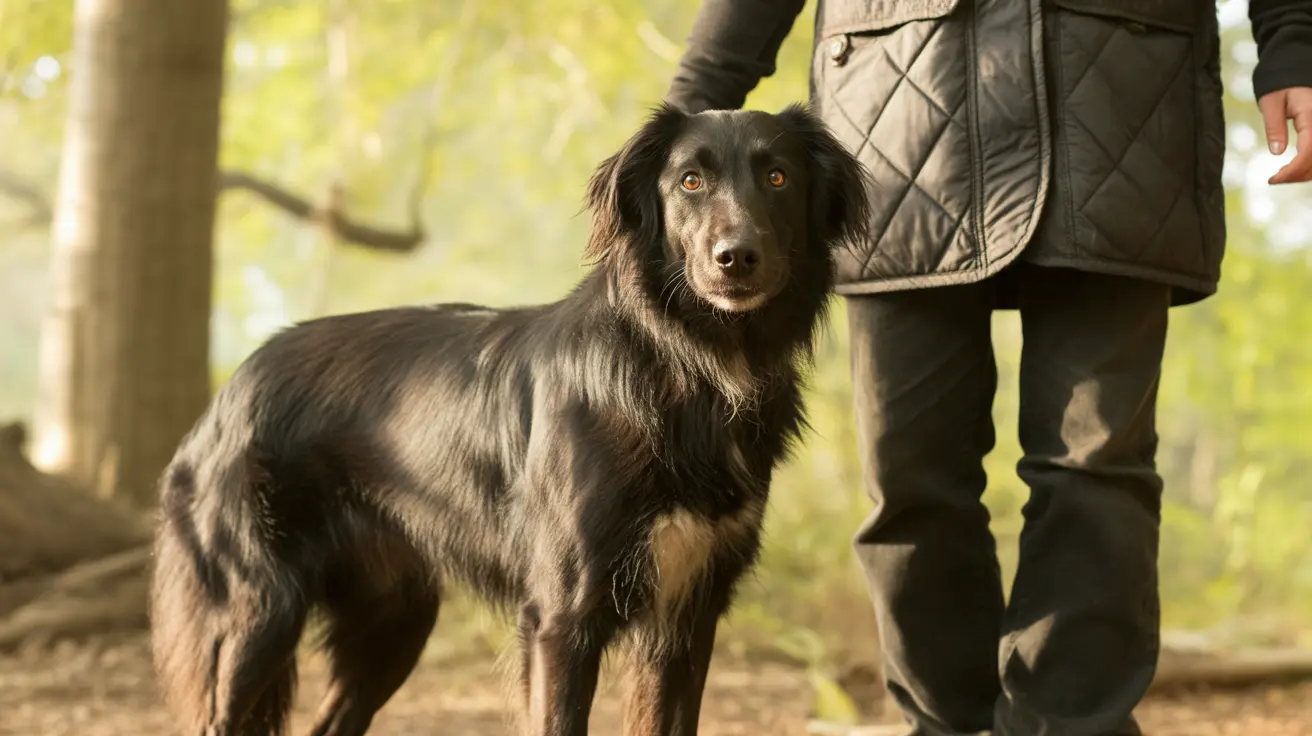How Much Pear Can Dogs Eat? A Comprehensive Guide
Feeding your dog fruits like pears can be a nutritious and delicious treat option when done in moderation. Pears contain beneficial nutrients such as vitamin C, vitamin A, fiber, and antioxidants that support a dog's overall health. However, it's vital to understand how much pear is safe and how to properly prepare it for your furry friend.
Nutritional Benefits of Pears for Dogs
- Vitamin C and K: Supports immune function and blood clotting.
- Potassium: Assists in heart and muscle function.
- Fiber: Promotes digestive health.
- Antioxidants: Help protect cells from damage.
These nutrients contribute to a healthier coat, stronger immune system, better digestion, and enhanced nervous system function.
Recommended Amount of Pear for Dogs
When offering pear as a treat, it should constitute no more than 10% of your dog’s daily caloric intake. For most dogs, this translates to just a few bite-sized pieces of fresh pear flesh. Start small to observe how your dog reacts to the fruit and adjust accordingly.
Proper Preparation Matters
- Wash thoroughly to remove pesticide residue.
- Remove seeds, core, stems, and leaves — they can be toxic and are choking hazards.
- Cut into small pieces to prevent choking, especially for small breeds.
- Peel skin if your dog has a sensitive stomach.
Important Safety Tips
- No canned pears: They contain excessive sugar and preservatives.
- No unripe pears: Hard texture could be hard to digest.
- Avoid feeding diabetic dogs pears due to natural sugar content.
- Consult a veterinarian for dogs on prescription or special diets.
When to Avoid Feeding Pears
Refrain from giving pears to your dog if they:
- Have a history of digestive sensitivity.
- Are diabetic.
- Show signs of vomiting or diarrhea after eating fruit.
Creative Ways to Serve Pears
- Diced fresh as training treats or meal toppers.
- Blended into dog-safe smoothies.
- Frozen pear cubes for cooling off on hot days.
- Baked into homemade dog cookies.
Puppies can enjoy pears in minimal amounts, but it's crucial to introduce them slowly by offering soft, peeled pieces without skin or seeds.
Final Thought
When prepared and served properly, pears can be a safe and nutritious treat for dogs. The keys to safety are moderation, proper preparation, and monitoring for reactions. By keeping pear intake within the recommended guidelines, your pet can enjoy this fruity snack as part of a healthy, balanced diet.





